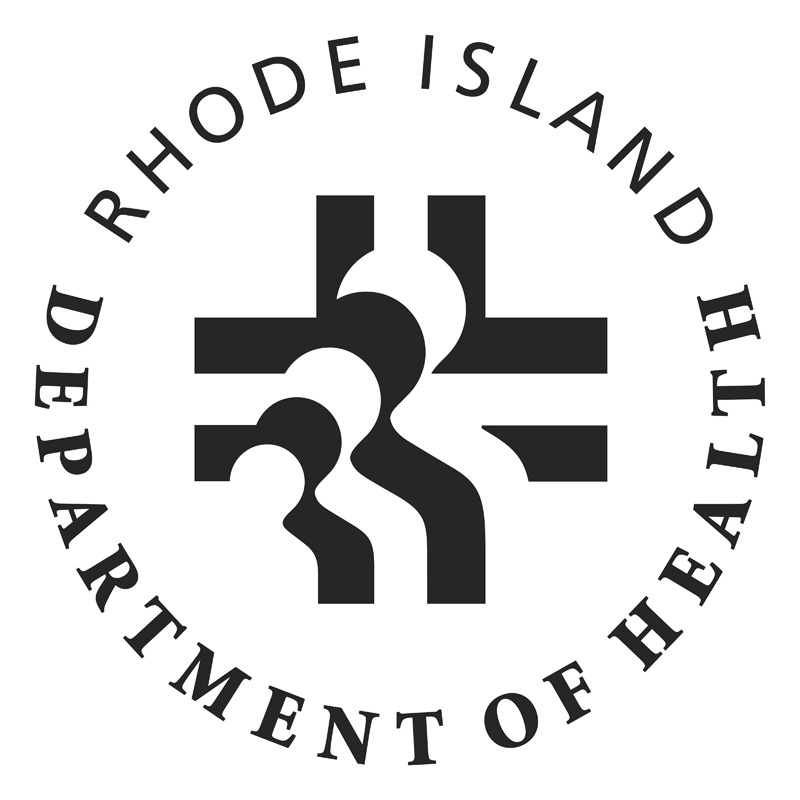Flooding: About Cleaning up Yards and Public Spaces
After a flood, yards, parks, and other public spaces can be covered with floodwater contaminated with bacteria from sewage overflows, storm water runoff, and other hazardous materials. Contact with contaminated sewage presents risks of gastrointestinal illness, nausea, vomiting and diarrhea.
What you should do
You can reduce risks during the cleanup process by taking health and safety precautions.
Protect yourself during and after cleanup
- Follow guidance from the Federal Management Emergency Agency for making sure the field is safe for cleanup activities and play.
- Yards that have been contaminated by flooded sewage systems should be sanitized by a liberal application of hydrated lime, available at lawn and garden stores and lumberyards. Ask specifically for hydrated lime, which differs from limestone, or "ag lime", which is more commonly used for garden applications.
- Keep children and animals away from limed areas until the lime is no longer visible.
- Wear appropriate clothing when cleaning, including long pants, long-sleeved shirts, gloves, and rubber boots, to avoid contact with contaminated materials.
- Avoid dry sweeping to limit your exposure to dust particles. Mist down areas to contain the dust and collect the dust with a wet/dry shop vac.
- Consider wearing an N-95 mask and eye protection when working in dusty areas.
- Bring a change of clothes and shoes with you to avoid tracking any possible contaminants from the flooded areas into your home or car.
- Always wash your hands thoroughly with soap and warm water or an alcohol-based hand sanitizer when you are done cleaning.
Properly collect and dispose of contaminated materials
- Paper, plastic, and other trash can be put in a plastic bag and disposed of in a trash can or Dumpster.
- Collect contaminated sand and sediment when practical. This is not clean fill. Small amounts can be placed in the trash. Large amounts need to be disposed of as solid waste or reused in public works projects (such as road base or used for landfill cover).
Keep volunteers informed
Per the Occupational Safety and Health Administration and the Environmental Protection Agency, those who enlist volunteers to assist in cleanup activities have an obligation to ensure that these volunteers know of the hazards, the risks of adverse health impacts, and the measures needed to protect themselves from these health risks. When managing volunteers, ensure that they have all of this information prior to participating in the cleanup process.
 Rhode Island Department of Health
Rhode Island Department of Health Rhode Island Department of Health
Rhode Island Department of Health